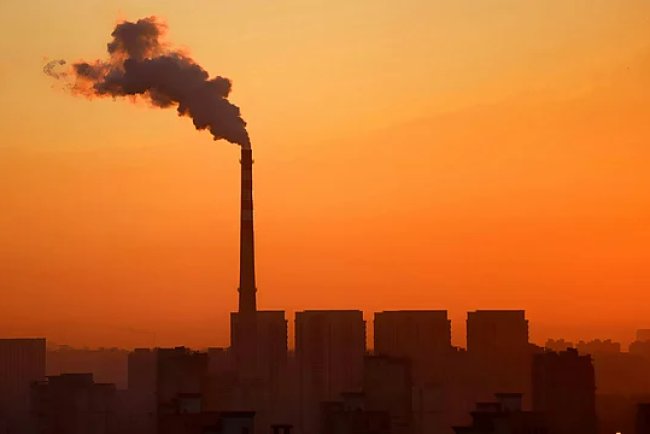India's Hydrogen Hype Meets Reality: Delays Emerge
India’s green hydrogen mission, targeting 5 million tonnes by 2030, faces delays due to high costs, policy gaps, and limited electrolyser production.

India’s ambitious green hydrogen strategy, aiming for 5 million tonnes by 2030, is stalling due to high costs, policy gaps, and slow implementation. Recent setbacks, including suspended state policies and withdrawn proposals, highlight challenges in scaling this clean energy solution. This article explores the obstacles, current progress, and potential paths forward for India’s green hydrogen mission.
Launched in January 2023, the National Green Hydrogen Mission (NGHM) targets producing 5 million tonnes of green hydrogen annually by 2030, replacing fossil-fuel-based “grey” hydrogen in sectors like steel, fertilisers, and transport. Green hydrogen, made via electrolysis using renewable electricity, offers a zero-emission alternative. However, only 0.9 million tonnes of capacity has been auctioned, far short of the goal. The suspension of Assam’s Green Hydrogen Policy in July 2025 and the withdrawal of SECI’s hydrogen hub proposals signal uncertainty.
Cost is a major barrier. Green hydrogen costs $3–$4 per kilogram, double that of grey hydrogen. Green ammonia, a related product, is priced at $900 per tonne compared to $450 for grey ammonia. Without a premium for green products or long-term offtake agreements, developers hesitate to invest. India’s lack of mandates for industries to use green hydrogen further weakens demand, unlike the EU, where carbon pricing of $40–$100 per tonne incentivises adoption.
Policy misalignment between central and state governments adds friction. States control land, permits, and incentives, but coordination with the NGHM is inconsistent. For example, Maharashtra and Odisha have signed MoUs for 910 and 720 kilotonnes of capacity, respectively, but none have reached final investment decisions. Timelines for these decisions have stretched from 3–5 years to 6–7 years, delaying progress.
Technological gaps also hinder growth. India imports over 85% of its electrolysers, mainly from China and Europe, as domestic manufacturing is underdeveloped. The government’s Production-Linked Incentive scheme aims to boost local production, but results are limited. Grid integration, land acquisition, and permitting delays further complicate projects. For instance, reliable renewable energy supply, essential for electrolysis, is constrained by grid limitations.
Despite these challenges, India has strengths. Its abundant solar and wind resources provide a foundation for green hydrogen production. Projects like ReNew’s proposed $8 billion plant in Egypt show India’s potential to lead globally. The NGHM includes plans to scale electrolyser manufacturing to 25 GW by 2030 and invest $1 billion in R&D, addressing cost and technology barriers.
Global competition is intense. The EU targets 40 GW of electrolyser capacity by 2030, supported by robust incentives. Australia, Japan, and the US also offer significant subsidies, diverting some projects away from India. To compete, India needs stronger financial incentives and clearer policies to attract investment and ensure demand.
Solutions are emerging. NITI Aayog’s 2022 report suggests a national roadmap to align policies, scale manufacturing, and create demand through blending mandates. Expanding renewable energy capacity and improving grid infrastructure are critical. Training programmes, like those under the ITEC, can build technical expertise. If implemented, these steps could help India meet 30% of its 2030 target, though the full 5 million tonnes remains ambitious.
India’s green hydrogen mission holds promise but faces significant hurdles. Addressing costs, policy gaps, and technological limitations is essential to regain momentum and position India as a leader in clean energy.
Source: Outlook Business
What's Your Reaction?

















